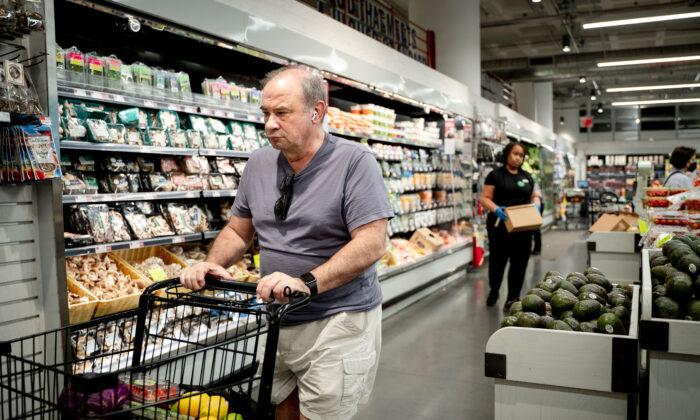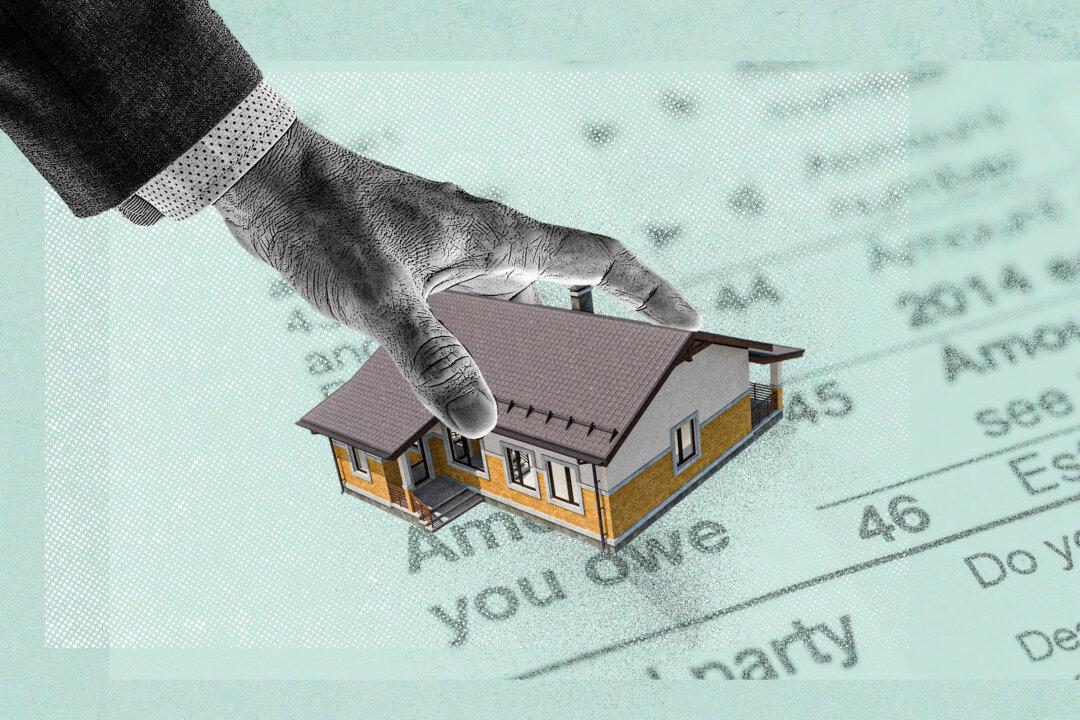The word for this is stagflation, coined in 1965 by UK politician Iain Macleod. It did not enter into common usage until the 1970s because the modern world had not previously experienced the combination of negative growth plus inflation. More than that, most economics models in those days were structured to rule it out as a possibility.
Even now, we have a hard time wrapping our brains around the idea. Normally, we are right to assume that when prices are going up, it is surely a reflection of two possible forces or a combination of both: rising demand and restricted supply. But right now, in at least two huge sectors, we are seeing falling demand, stable or rising supply, and still have rising prices. That counters every economic intuition we’ve developed over four decades.
In housing, for example, building permits are down 3.2 percent this quarter to a 6-month low. Single-family housing starts fell 7.3 percent, the lowest level since last October. New homes sales fell 17 percent in April, due mostly to rising mortgage rates. They had peaked in January 2022 but have fallen precipitously ever since. At the same time, the house-price index has been nothing but up, and at a galloping rate, reaching 20 percent year-over-year most recently.
![(Data: Federal Reserve Economic Data [FRED], St. Louis Fed; Chart: Jeffrey A. Tucker)](/_next/image?url=https%3A%2F%2Fimg.theepochtimes.com%2Fassets%2Fuploads%2F2022%2F06%2F02%2F1-JAT-2022.06.02-1200x417.jpg&w=1200&q=75)
Now let’s look at energy and gas in particular. Gas prices are up 50 percent over a year ago. They are still rising.
![(Data: Federal Reserve Economic Data [FRED], St. Louis Fed; Chart: Jeffrey A. Tucker)](/_next/image?url=https%3A%2F%2Fimg.theepochtimes.com%2Fassets%2Fuploads%2F2022%2F06%2F02%2F2-JAT-2022.06.02-1200x415.jpg&w=1200&q=75)
The Explanation
Is there an energy boom or bust, a housing boom or bust? There is no explaining any of this without reference to the key point: the dollar is being devalued via inflation. That means that the yardstick that we use to measure economic trends is changing too dramatically to make much sense out of the price signals. That is extremely dangerous for producers, consumers, and investors. It makes the entire economic landscape enormously confusing.The Broken Models
Let’s take a step back to where economic modeling was in the 1960s that seemed to construct a reality that made what we are going through today simply impossible. Under Keynesian theory, the planners in Washington held the power in their hands to push and pull levers in the great tradeoff between inflation and unemployment.When inflation was high, they could reduce government spending and monetary expansion to get it under control but that also meant rising unemployment. The reverse was also true: they believed that high unemployment could always be solved by increasing aggregate demand though more government spending and looser monetary policy.
In those days, high unemployment seemed like a sure sign of recession. In the model, the simultaneous appearance of inflation and recession was impossible. But it happened anyway in the mid-1970s, after which point traditional Keynesian hydraulics no longer seemed to be working. Economic theory began to change to the point that the old models are hardly taught anymore except as a point of history.
Today, things are even more complicated because, as Biden never stops reminding us, the unemployment rate is a very low 3.6 percent. He believes that this gives the Biden administration bragging rights.
But in no sense does this low number signal anything like economic recovery. If times are so great, why do we all feel so awful? The key to understanding this is the labor-force participation rate, which is now at the same level it was in 1978. That’s really remarkable.
This low rate means a labor shortage to the point that many institutions in the hospitality industry are operating at shorter hours and raising wages to attract employees. How can we account for this? The lockdowns devastated the American workplace. Many women with children left completely, while young men moved home with mom and dad to live off stimulus checks. Others have lost the ambition even to bother working at all, happy to live off credit cards and a lowered income stream.
Intellectual Arrogance
Since the end of the Second World War, governments have believed they had a mandate to keep unemployment relatively low. But that entire problem seems to have gone away, at least in terms of how we measure the problem. Once people drop out of the workforce completely, they are not counted among the unemployed.All of which leads to a serious conundrum for the policy elites in Washington. What precisely are they supposed to do to ease the pain for the American people? So much is broken about economic life, and D.C. bears most of the responsibility for these through egregious pandemic-related policies. They imagined that they could somehow turn off the economy and turn it back on again but that proved impossible. All they did was break a complex system in myriad ways.
This all speaks to the problem of intellectual arrogance. It affects economics as much as it affects epidemiology. They have allowed their models to override common-sense intuition and reality itself. As always, they exaggerate in their own minds the capacity of the government to manage the world. That has become incredibly obvious and undeniable. As a result, Americans are paying a very high price.








Friends Read Free